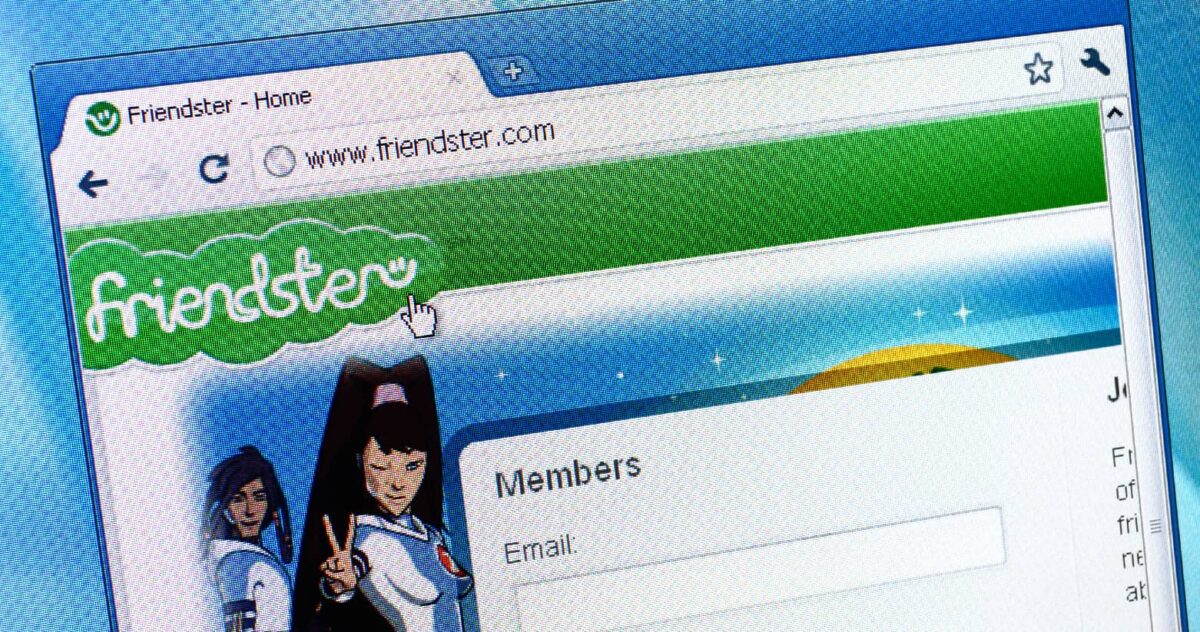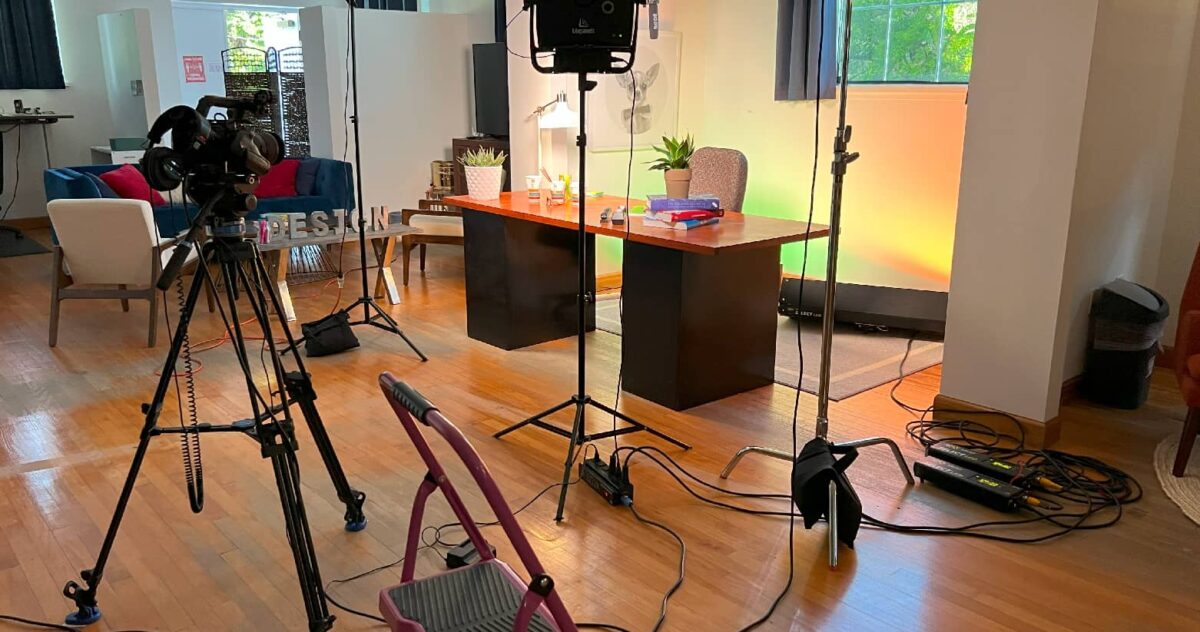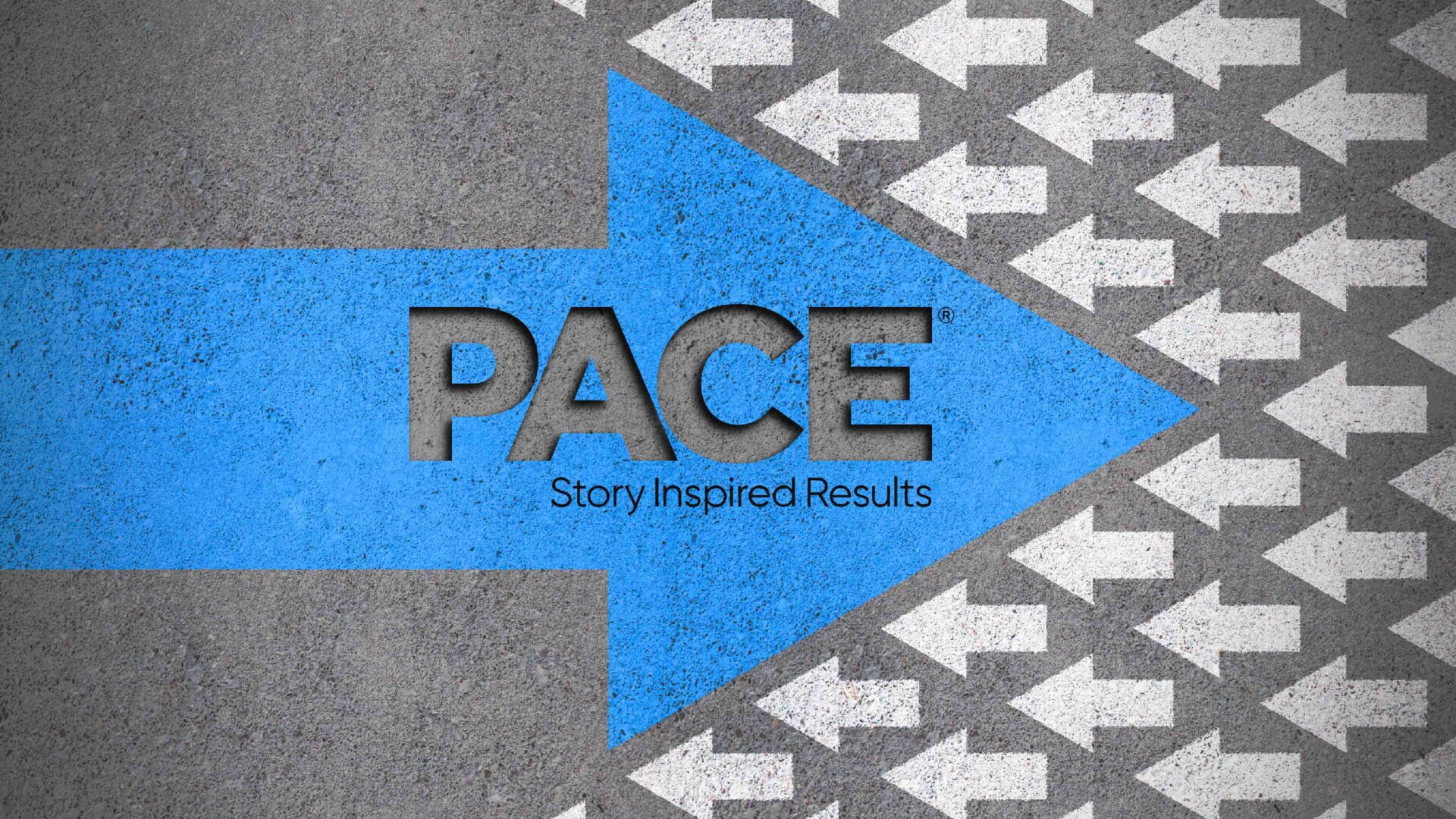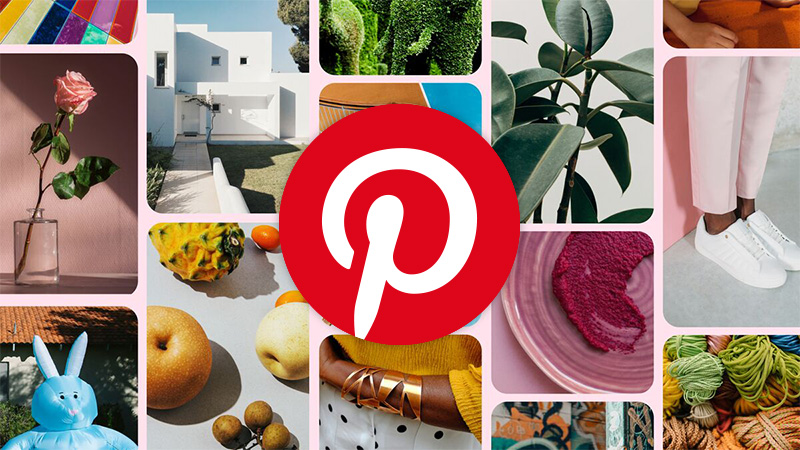Pace is turning 50 years old this fall, and we’re looking back at how far our company has come, as well as how far our industry has come and a few of the major shifts and marketing disruptions that have transformed what’s possible.
As part of the celebration, I decided to dive in to the interesting and impactful disruptions that have happened over the past 50 years in the content marketing space. I have to say, there’s a niche history book ready to be written about the topic if anyone wants to take it on.
Here’s what I see as a top-five list of disruptions.
1. Content strategy: Custom publishing goes beyond print

Custom publishing is way older than I realized. There’s debate about what the first title in this space was, but one of the longest running is The Furrow, from ag equipment giant John Deere. This B2B magazine kicked off in 1895 to support the needs of farmers with content that didn’t just show them how to work John Deere equipment but also focused on other aspects of successful farming. It’s still in existence, though it has shifted to a digital-only distribution like so many other custom and non-custom titles.
Takeaway: You might change your media type, but you don’t necessarily need to change your content strategy. Grounding your content and storytelling in empathy with your audience is an approach that can work for a century or more.
2. Paid media: Internet banner ads

The first internet banner ad was part of a 1994 campaign, and it boasted a 44% click-through rate. The novelty of the format obviously wore off, however, as usability researchers coined the term “banner blindness” in 1998. Users have gotten very good at ignoring digital ads, much less clicking on them, even without added tools like ad blocking software.
That hasn’t stopped digital innovation that is meant to grab our attention, including the computer-generated imagery campaign from Maybelline that had eyelashes on London buses and trains (a recent favorite).
Takeaway: Fads can be incredibly successful ways to get attention, especially for brands that are the first to try them. A great media strategy includes experimentation, whether innovating overall, or innovating as compared to past approaches.
3. Storytelling: The blogging explosion of the early 00s

Like so many digital innovations, blogging began on college campuses in the mid-1990s. By the turn of the millennium, new platforms like Blogger, Weebly and WordPress made creating a blog much easier for individuals and brands.
Blogging by one person on a blog platform feels quaint now, though the examples of brands that were born from a blog are notable, including The Pioneer Woman and Groupon.
If you’re a marketer over the age of say, 30, my bet is that you had a personal blog or worked on a company’s blog. Didn’t you love getting comments and seeing the visitor totals rise? Didn’t you hate when you wrote about something and audiences didn’t engage? Same here.
For a graduate school class, I wrote a blog post based on an interview with a biologist involved in bat (as in the mammal) conservation. Months and years after I wrote it, I was still getting comments on it. I accidentally hit on a content white space unique enough that people came to a blog with posts meant only for my professor to grade my writing skills.
Personal and brand blogs continue to see similar user traction today, which is one of the biggest indicators of blogging’s impact on the marketing landscape.
Takeaway: Listen to your audience, even when they’re asking for something you (or your brand) haven’t prioritized and especially when they’re engaging again and again with a short list of very popular topics. Great engagement isn’t just there to give you a warm fuzzy feeling—though it definitely does that. Engagement is a high-priority message from your audience to you as you plan your content strategy.
4. Social media: From Friendster to Discord

It’s definitely not a coincidence that my first introduction to social media was through my Pace colleagues. An editor a few desks away signed up for a channel called Friendster, which connected people one-on-one and in small groups.
Friendster, Dogster, MySpace—so many of the early social media channels are effectually dead, and new ones are coming to life. Is your brand on TikTok? Threads? The better question is: Are they the right place for your brand? Your strategy will lean toward one or another channel depending on your audience.
Whether you find your audience there or not, typical consumers spend a few hours on social media each day. And advertisers spend more than $60 billion per year to vie for their attention.
Takeaway: As with the paid media takeaway above, experimentation is definitely recommended. Some experiments will flop, or fail to sustain success, but every experiment will teach you something about the right fit for your brand.
5. Video: Shifting from long to short

Video was one of the first non-print services Pace added in our early years. We vetted, negotiated rights and edited feature films for airline passengers to watch in-flight. And we helped airlines build in-flight video libraries, shown either with portable DVD players or through digital systems integrated into the aircraft itself.
It wasn’t long before we were shooting video ourselves. Between brand films, employee storytelling, custom ads and social-first videos, we’ve now led video content programs for more than a dozen Fortune 500 brands.
The further back you go in our video vault, the longer those videos run—as long as four to six minutes in length. It’s a big contrast from the newer, social-first content we create today of 5, 15 and 30 seconds. Is shorter better? It’s certainly more difficult, and I’m proud to see how we’ve helped Pace’s clients communicate so much in these tight formats.
Takeaway: Think of video as a renewable resource. A client once told me that, and he was right: You can recut footage, swap out the music, add animations, or take out or add a voiceover to keep your investment in video paying dividends. Countless videos could find new life at half the length today and still pull at viewers’ heartstrings.



